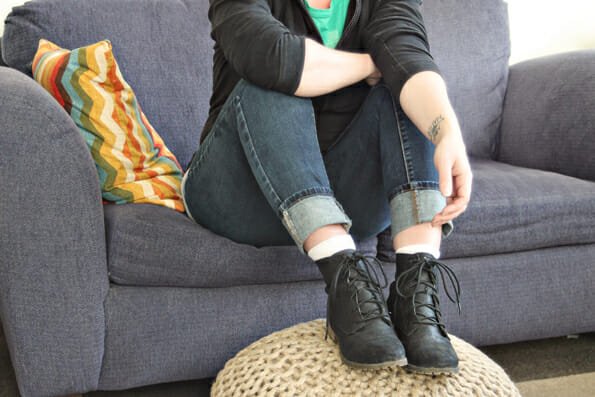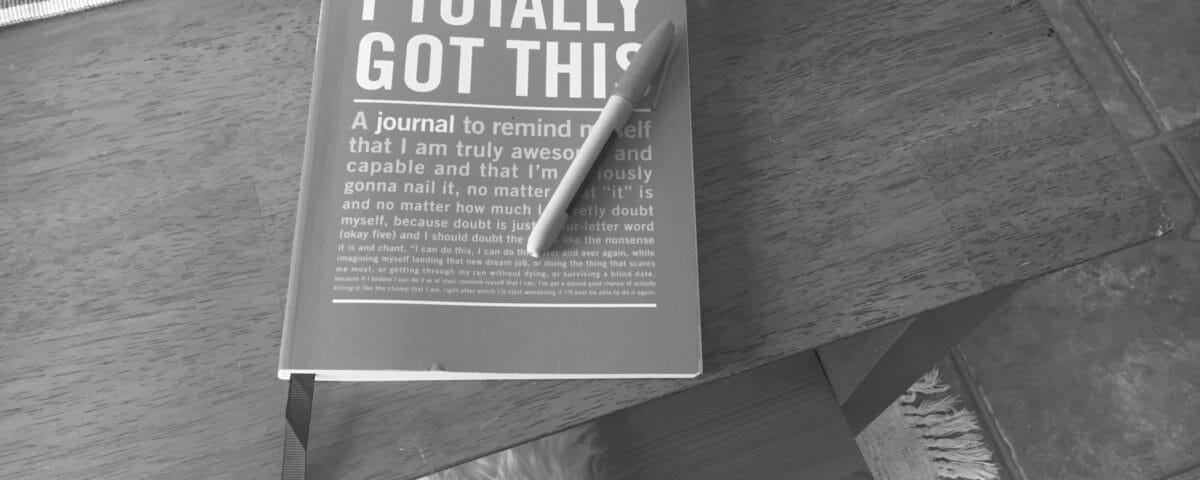
Self-Care Cure
October 30, 2016
We Offer Behavioral Activation Therapy for the Treatment of Depression Disorders
May 2, 2017Journaling Tips for Depression Treatment

Research supports journaling for 15 minutes a day has a positive impact on your mood.
Many people enjoy capturing their thoughts and moods on paper or in digital format. Expressing your thoughts can be a cathartic way to document your very personal journey with depression and recovery. Maybe you have tried to journal in the past, and it didn’t seem to add benefit to your life. We’d like to share a variety of journaling tips with you.
Keep in mind, there is no right or wrong way to self-reflect, so do what feels right to you. Let’s review some ways to journal.
“Old School” Traditional Journaling
Some of us feel that nothing beats good old pen and paper when it comes to self-reflection. The act of literally using a pen or pencil to write down our thoughts can be very inspirational and release emotion. Somehow writing in a journal can feel safe, personal and private. The type of paper you use is a personal choice. Journals or diaries come in many shapes and sizes. Maybe a leather bound journal is what you decide upon, or a simple spiral notebook feels right for you. You can tote your journal along with you wherever you go, and jot down thoughts and ideas as your day goes by. You may feel very hopeful one particular day, so what better way to capture that moment and those emotions then writing them down?
Research indicates that the ideal time for traditional journaling is around 15 minutes! Too little time doesn’t allow for reflection and too much time can promote venting. Test it for yourself. Set a timer and journal for 15 minutes, then, stop. What impact does 15 minutes of journaling have on your mood?
“Old Phone” Video journaling
We live in a modern world full of gadgets and gizmos. You’re likely to have an old phone or camera that has a recording feature. Video journaling can be an innovative and fun way to document emotions. You simply select the video option, turn the camera to face you, and start recording. Video journaling is wonderful for tracking mood changes over time. Being able to see and hear yourself can be a great way to gauge your progress! We recommend using an old phone that is no longer connected to the Internet and not accessible to the cloud for added privacy protection.
“Picture It” Journaling
Another fun way to self-reflect is by using personal photos or drawings. Scrapbooking or simply organizing photos can be a fun and creative way to track your life. You could get a photo album that allows for entries next to each photo. This allows you to write a blurb about how you felt at the time of the photo, or how you felt in that location. Perhaps doodling or sketching will be your preferred way of reflecting. Be creative and try something new with your journaling routine! What else will you do with all those selfies?
“Create-Destroy” Journaling
Lastly, we enjoy create-destroy journaling. It’s a unique approach to journaling that includes spending a brief amount of time capturing your mood and thoughts for the day- about 2 to 5 minutes- then destroy or toss the note. Let the day or mood pass!
Have another journaling tip to share? Drop us an email and share your thoughts. We’ll add it to this post.



